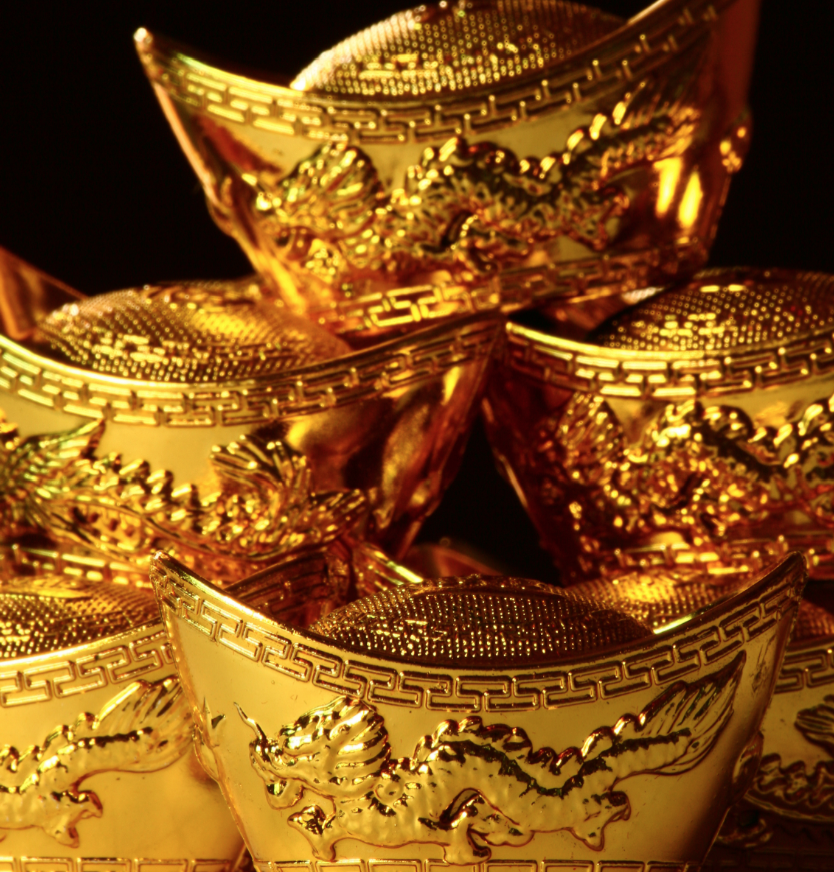China's Gold Blitz Of 2013
News
|
Posted 15/05/2013
|
4442

As the paper gold price continues its choppy consolidation, after gaining a following and an initial sharp decline in mid-April, the world’s attention is now focused on Chinese and Indian demand forgold, “which between them is absorbing an all non-Asian mine supply….
“Chinese net purchases of gold totaled 320.54 metric tons (mt) in first quarter 2013.” This “Gold Blitz” of 2013 reflects an increasing confidence in precious metals over paper currencies. Many of the world’s countries have experienced sharp declines in the value of their money since the 1980s; indeed, the “rupee has fallen more than 95% in gold terms, the renminbi 90%, and the Turkish lira is practically valueless having lost 99.5%.”
Gold’s precipitous plunge in April, the biggest drop in thirty years, sparked a virtual gold rush in India and China during the last few weeks. This combined price drop and buying frenzy is only a smaller piece of the larger puzzle, however. As paper currency in these countries becomes increasingly worthless, any drop in price is seen as a “golden” opportunity to “ditch paper for bullion.” “The present international financial system is an experiment. It has only existed since 1971, when the United States cut the umbilical cord between the dollar and gold. Before that, gold almost always stood behind the dollar, and other paper currencies.” Many central bankers have responded to their currencies’ rapid decline in value by printing more money, as the Federal Reserve has recently done in the U.S., but this usually only creates even greater problems (hyperinflation, for example). And “as the volume of paper money increases, its unit price falls. Always has; always will.”
Many analysts maintain that every previous experiment of “faith-based currency” has “ended in the predictable way: the bankers created more and more ‘money.’ And as the quantity increased, the quality decreased.” The problem with most paper currency systems is, depending on time and circumstance, the amount of goods and services we receive for our “money” is subject to change. Gold and other precious metals retain value, while the purchasing power of those who rely on dollars, euros, or some other form or paper currency dwindles. Paper has had periods of such poor quality that “people would no longer accept it.” The Argentine currency lost 90% of its value in a single year, and in 1920s Germany, The Weimar Republic’s “currency lost 99.9% of its value in a matter of weeks.”
China’s Gold Blitz of 2013 may be signaling a new trend toward a major global shift to precious metals. Gold imports in China have spiked to record levels, and it’s no doubt that April’s price plunge led to a surge in demand for gold jewelry, coins, and bars by 26% during the first quarter of the year. However, China’s gold-buying frenzy may be tied more to the growing distrust of paper currencies than falling prices. As Qu Mingyu, a trader at Bank of China states, “This is quite out of expectation as all these imports were done before the market slump in April.” How else could you explain the fact that Chinese demand for gold is increasing even while the nation’s economic growth is slowing?
Source: http://goldsilver.com/article/china-s-gold-blitz-of-2013/?goback=%2Egde_100999_member_240424593